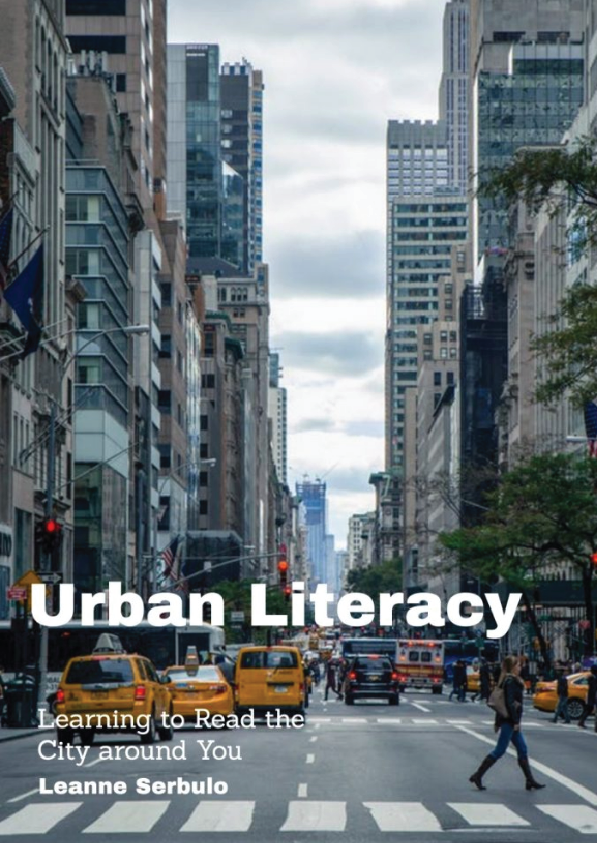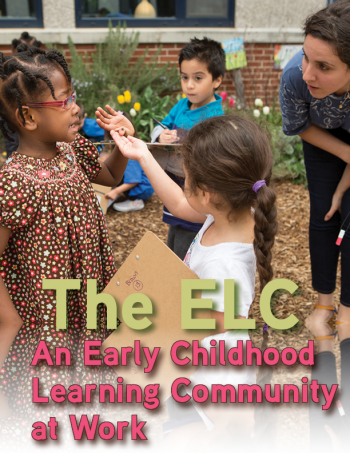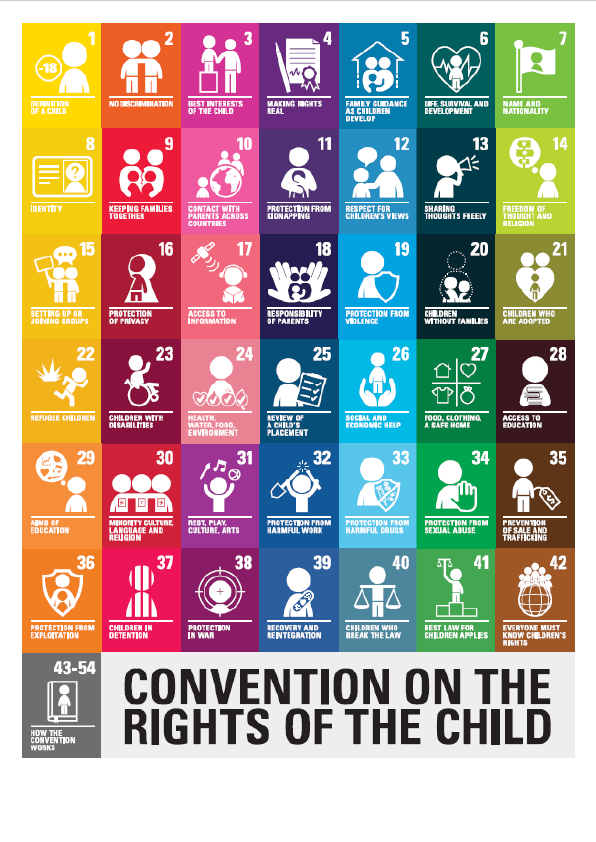By the end of this chapter you will be able to:
- Define the key characteristics that make a place a city
- Identify the main features of ancient cities
- Understand how the physical characteristics of a city create unique social relationships
- Compare and contrast urban and traditional societies
- Examine how the design of cities create opportunities for intimacy, anonymity, and new forms of social interaction
- Articulate the role that public space plays in influencing urban social life
What makes a place a city? When we think about cities, often the first thing that comes to mind is a skyline dotted with tall buildings. But some cities, like Marrakesh, Morocco or San Jose, California, have low-rise skylines, and towering structures can exist outside of urban areas. There are giant grain silos in small farming towns and soaring lighthouses perched on isolated, rocky shores. If cities are not defined by their skylines, then how can we differentiate urban places from small towns or rural communities?
In this chapter, we will identify the defining features of cities. We’ll look at how cities emerged and how they changed social relations in the ancient world. We will then focus on the contemporary elements that are common to all cities no matter where they are located. Finally, we will explore how these defining characteristics of cities shape the lives and relationships of the people who live within them.
Ancient cities
Within the broad scope of human history, cities are a relatively recent phenomenon. The earliest cities were established nearly 10,000 years ago in the Middle East. The emergence of these initial urban centers coincided with the development of agriculture. As ancient peoples began to farm rather than hunt and gather, they were able to establish more permanent settlements. When these communities began consistently producing a surplus of food, it allowed some residents to devote their time to non-agricultural tasks, such as religious duties or art, which resulted in differentiated social roles and more complex forms of community organization.
Cities appeared in earnest around 6,000 years ago, developing simultaneously across the globe from North Africa to East Asia to the Americas. Despite their geographic and cultural differences, these ancient cities shared many common traits.
These were densely settled communities made up of permanent structures with a specialized division of labor that supported a ruling class or a group of people whose sole function was to make economic, political, or religious decisions. Residents of early cities had to contribute a portion of the goods they produced as a tax or tribute to a centralized authority. That surplus was used by authorities to construct temples, civic buildings, and monuments, and in exchange for their contributions, urban dwellers were granted certain rights and were guaranteed protection. Many ancient cities developed systems of writing that helped keep track of citizens’ contributions and made advancements in the sciences and art. Finally, these cities conducted trade and imported raw materials from areas beyond their borders.
Not all early cities had monumental architecture or developed systems of writing.
While initial influential scholars of ancient cities identified the physical characteristics that early urban settlements shared, more recently, researchers have focused on the social and cultural characteristics that differentiated the urban experience from village life and on the relationship between ancient cities and their surrounding hinterlands.











